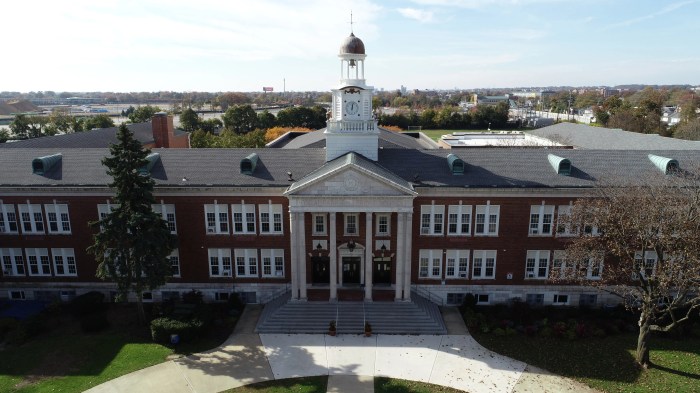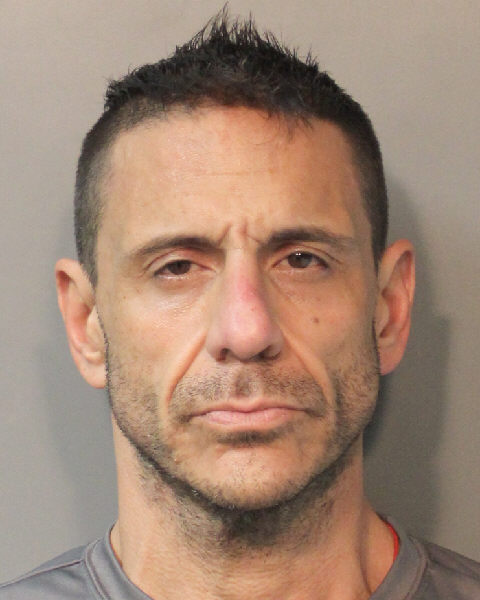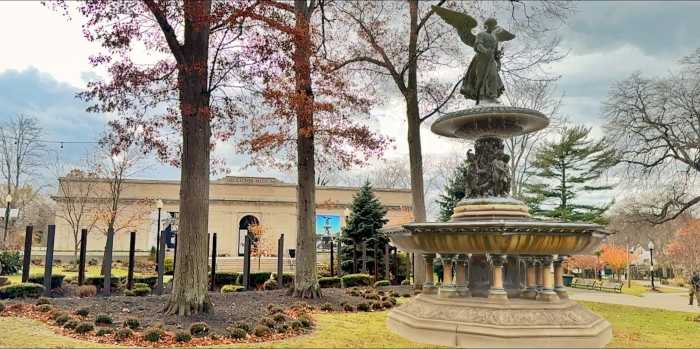The Glen Cove City School district discussed its expectations for state aid at the Feb. 11 board of education meeting, looking at proposed changes to the Foundation Aid formula.
The proposed state aid for the 2025-2026 school year is just over $29.2 million, an almost 3% increase from last year, said Assistant Superintendent of Business Theresa Kahan.
Foundation aid, at approximately $22.7 million, accounts for the majority of the state aid. Kahan said the foundation aid has increased by about 2.7% from the current year. Kahan said the state numbers are not finalized and may change.
Superintendent Maria Rianna said a recent report from the Rockefeller Institute provided a list of recommendations to distribute state aid more equitably, but the recommendations have not been implemented.
Rianna said the current formula, which has been used since the 2007-2008 school year, considers multiple factors, such as regional salaries, census poverty rates, student attendance and expected district-levied property taxes. She said the formula accounts for about 70% of the state aid that the district receives.
She said when inflation hit in the 2008-2009 school year, Glen Cove did not receive the aid in full, only receiving 44% of the aid required by the formula.
Rianna said the district and the school board have worked with legislators and the governor’s office to “try our very best to get 100% of that aid for our school district.” She said Glen Cove also worked with other districts on Long Island that were not receiving their full aid.
Based on the formula, Rianna said Glen Cove received 100% of its aid in the 2023-2024 school year. However, she said the formula was flawed because it used census data from 2000 and did not consider the “local ability to pay or the district’s needs.”
“It really didn’t provide an accurate profile,” Rianna said.
She said the district has met with the state education department and has testified at state budget hearings. Rianna said last year, the governor put aside $2 million to review and improve the formula, which the Rockefeller Institute completed.
Rianna said the report recommended revisions, including calculating the base foundation aid to provide students with a “sound, basic education,” replacing the current and outdated poverty measure to account for changes to community poverty and replacing the Free & Reduced Lunch measure to provide a more accurate profile of student poverty.
Among other additional recalculations, Rianna said the recommendations listed an instructional service tier for English Language Learners, as this requires additional services and support.
Glen Cove has 672 English Language Learners in the district, which accounts for 22% of its students, according to its 2023-2024 enrollment data. This indicates a 10% increase from its 2013-2014 enrollment data.
Rianna said the Rockefeller Report discussed the elimination of save harmless, a state policy which prevented districts from receiving a decrease in funding even if enrollment declined.
“If we eliminate the save harmless and truly calculate a formula that provides for the correct profile of a district, those extra monies can be evenly distributed into the appropriate districts,” she said.
The report also called for flexibility in reserve and set-aside funds, Rianna said.
She said the proposed $22.7 million for next year does not account for the report’s findings. Kahan said aid is not yet finalized and is subject to change until the governor’s budget is announced on April 1.
Read More: Glen Cove school board analyzes 81% graduation rate, looks at budgeting



































